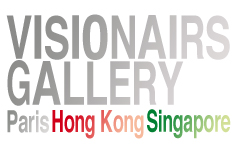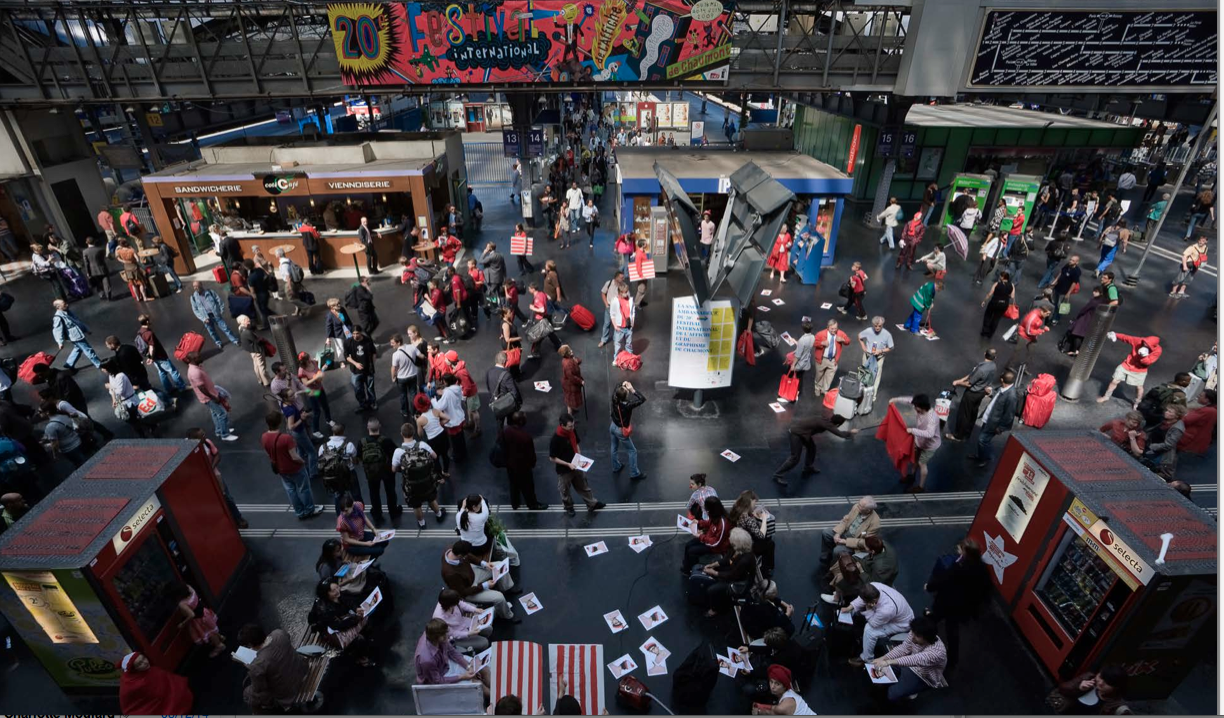La Visionairs Gallery a pour fondement le retour aux valeurs justes de l’art, trois éléments fondamentaux :
L’éthique artistique : créer en conscience. L’œuvre doit avoir intrinsèquement une finalité sociale responsable.
L’acceptation de l’oeuvre dans ce qu’elle peut véhiculer, y compris et surtout dans sa différence.
L’esthétisme : l’œuvre d’art doit engendrer une réflexion sur l’harmonie de l’esthétisme dans le domaine de l’art, réservoir inépuisable du beau sous différentes formes.
Visionairs Gallery veut favoriser ce retour aux « fondamentaux » en soutenant les artistes désireux de revenir à la source de la création, à savoir le plaisir de la création où le public est amené à voyager, à s’interroger, à revisiter son époque.
Ce médium devient le témoin d’un temps, d’une époque, d’une pensée. Il engendre la discussion, le questionnement, le débat. L’une des idées prédominante chez les artistes de Visionairs Gallery : « fédérer à travers l’art ».
Visionairs Gallery veut contribuer à faire renaître l’époque où l’art constituait un reflet de la société et où l’artiste était un journaliste objectif de son temps.
Chez Visionairs Gallery, les œuvres sont autant de plaidoyers contre un art dénaturé par la finance. La ligne éditoriale de Visionairs Gallery tient en trois mots : humain, humanisme, HUMAN ART.

















